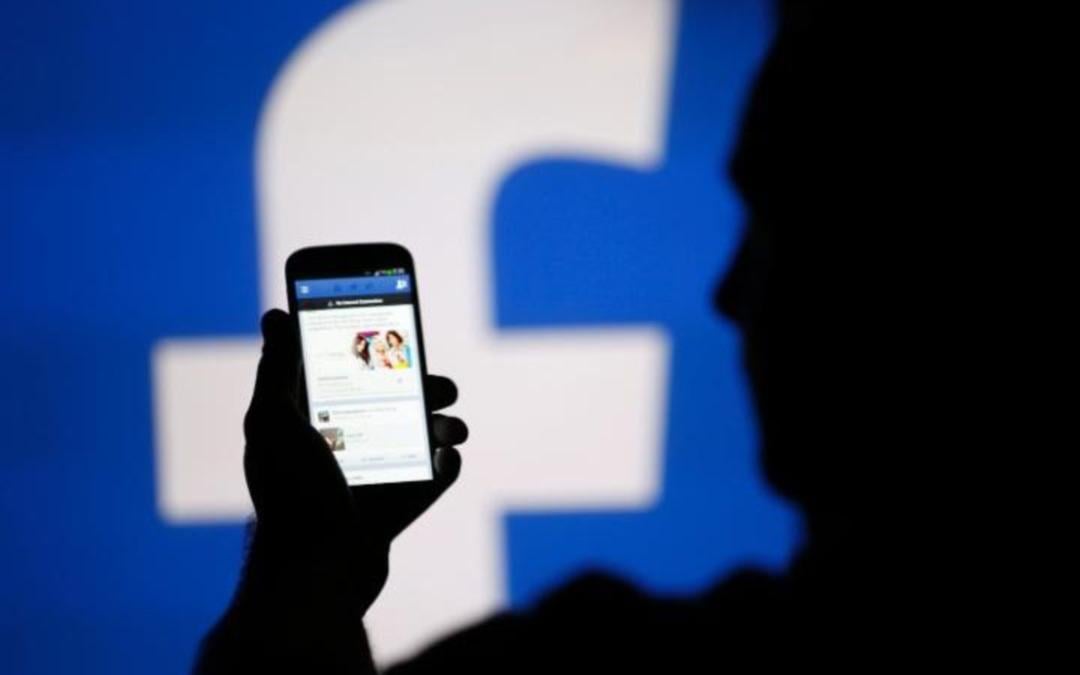Steven Rambam at HOPE XI, 2016
“First came the assault on privacy. Name, address, telephone, DOB, SSN, physical description, friends, family, likes, dislikes, habits, hobbies, beliefs, religion, sexual orientation, finances, every granular detail of a person’s life, all logged, indexed, analyzed and cross-referenced. Then came the gathering of location and communication data. Cell phones, apps, metro cards, license plate readers and toll tags, credit card use, IP addresses and authenticated logins, tower info, router proximity, networked “things” everywhere reporting on activity and location, astoundingly accurate facial recognition mated with analytics and “gigapixel” cameras and, worst of all, mindlessly self-contributed posts, tweets, and “check-ins,” all constantly reporting a subject’s location 24-7-365, to such a degree of accuracy that “predictive profiling” knows where you will likely be next Thursday afternoon. Today we are experiencing constant efforts to shred anonymity. Forensic linguistics, browser fingerprinting, lifestyle and behavior analysis, metadata of all types, HTML5, IPv6, and daily emerging “advances” in surveillance technologies – some seemingly science fiction but real – are combining to make constant, mobile identification and absolute loss of anonymity inevitable. And, now, predictably, the final efforts to homogenize: the “siloing” and Balkanization of the Internet. As Internet use becomes more and more self-restricted to a few large providers, as users increasingly never leave the single ecosystem of a Facebook or a Google, as the massive firehose of information on the Internet is “curated” and “managed” by persons who believe that they know best what news and opinions you should have available to read, see, and believe, the bias of a few will eventually determine what you believe. What is propaganda? What is truth? You simply won’t know. In a tradition dating back to the first HOPE conference, for three full hours Steven Rambam will detail the latest trends in privacy invasion and will demonstrate cutting-edge anonymity-shredding surveillance technologies. Drones will fly, a “privacy victim” will undergo digital proctology, a Q&A period will be provided, and fun will be had by all.”


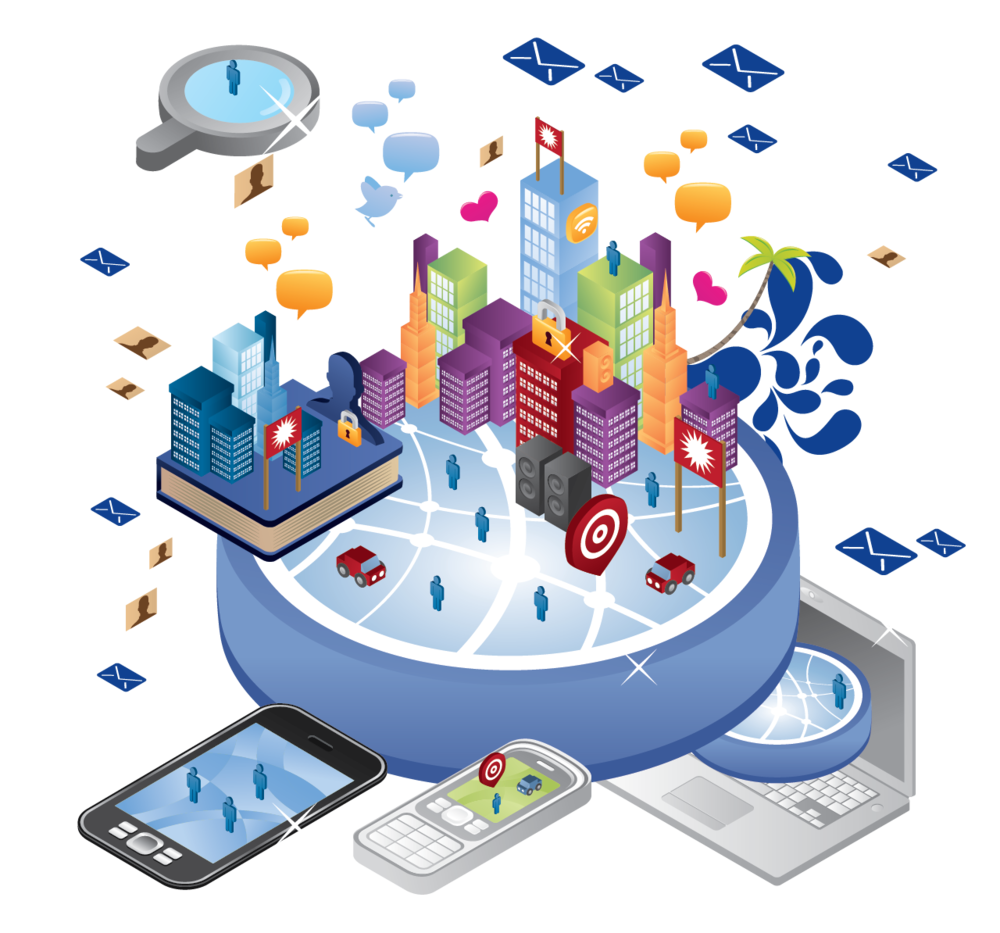

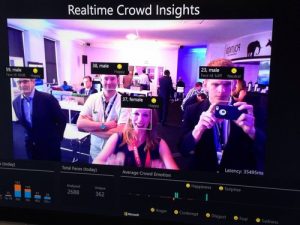
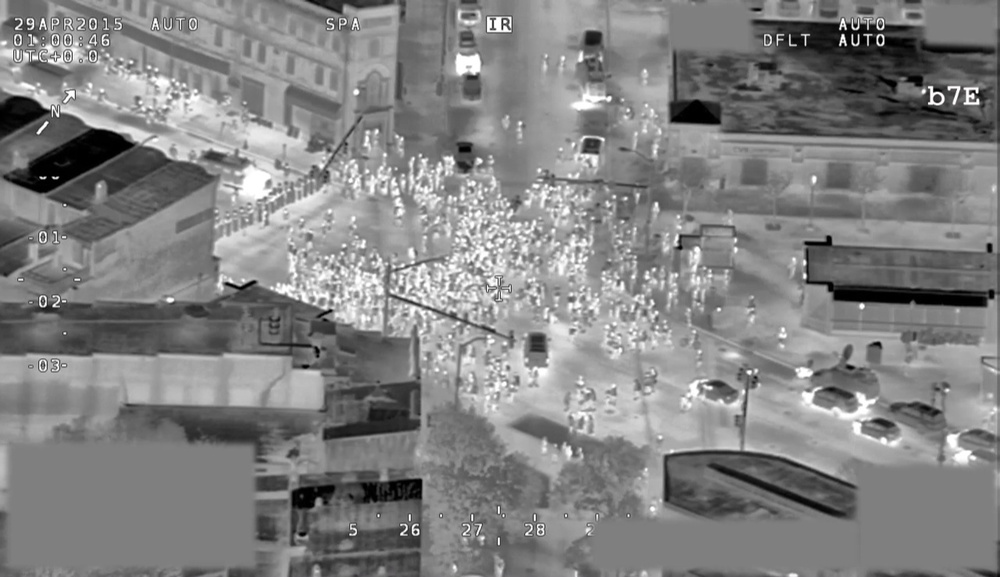



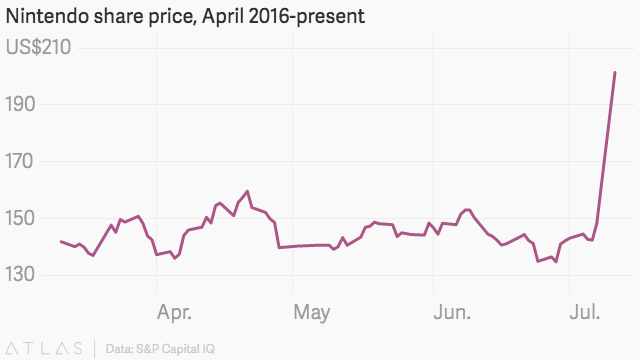
 The app’s popularity has created lagging servers and forced the company Niantic to delay its international roll-out, meaning “Those who have already downloaded the game in the U.S., Australia and New Zealand can still play it, while those in the U.K., the Netherlands and other countries will have to wait.”
The app’s popularity has created lagging servers and forced the company Niantic to delay its international roll-out, meaning “Those who have already downloaded the game in the U.S., Australia and New Zealand can still play it, while those in the U.K., the Netherlands and other countries will have to wait.”